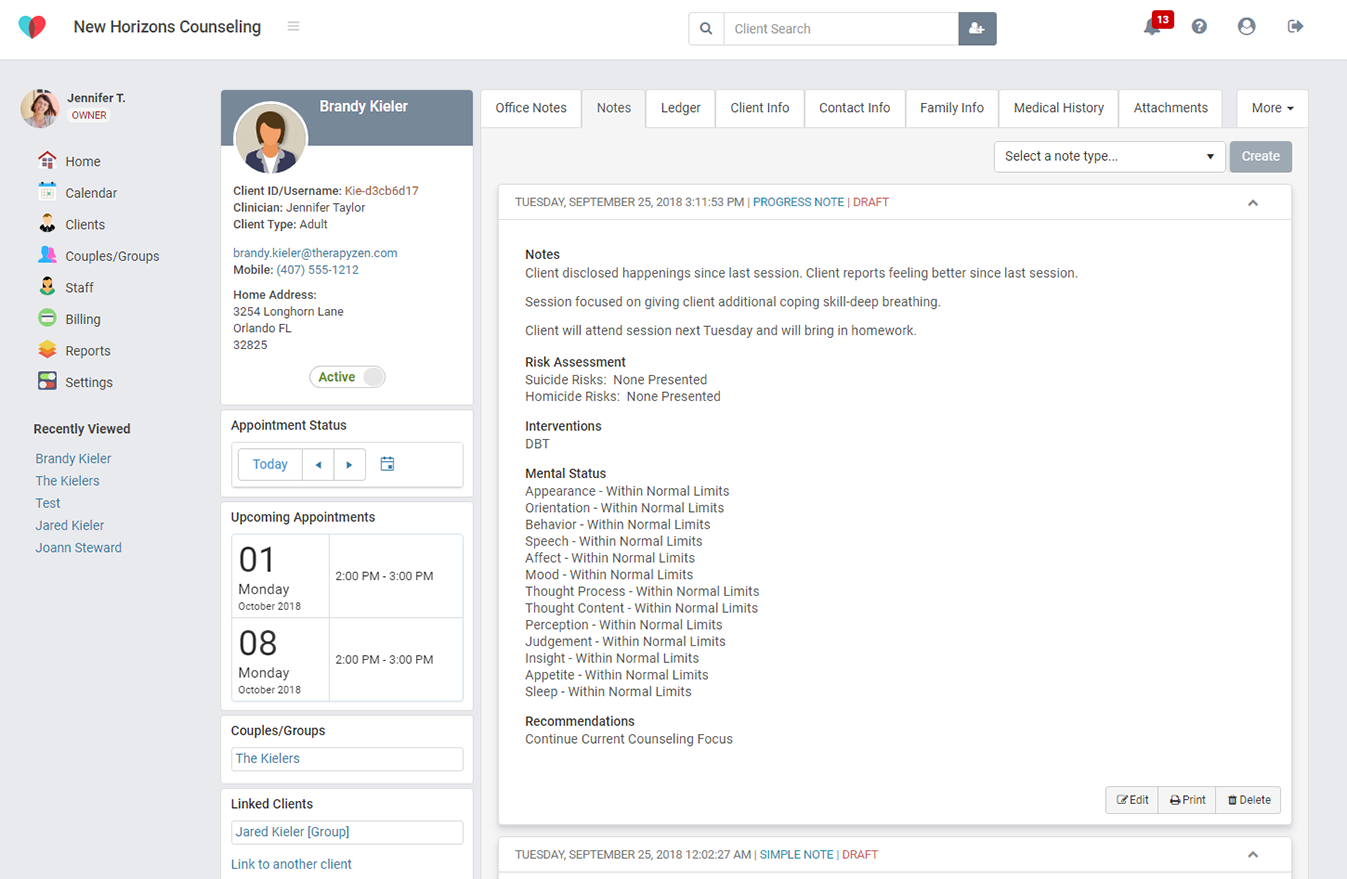
In addition, Google developed the Google lens for the diagnosis of diabetic patients in collaboration with Novartis ( 15). Food and Drug Administration (FDA)–approved product, Triggerfish, to monitor the intraocular pressure of glaucoma patients in 2016 ( 14, 15). In this context, Sensimed released a U.S. The eyes are directly connected to the brain, liver, heart, lung, and kidney and can serve as a window to the body ( 16). The surface of the cornea uniquely presents a convenient and noninvasive interface to physiological conditions in the human body. Combining these technologies together, many kinds of health care devices have been developed for theranostic applications at the interface of biological, nanoscale, and electronic technologies ( 5, 11– 13).Īmong various wearable health care devices, smart contact lenses have attracted great commercial attention for health care applications ( 14, 15). In addition, a pioneering semiconductor implantable drug delivery device was developed for applications in the subcutaneous fluid ( 9) and triggered the development of on-demand implantable drug delivery systems ( 10). They can provide important medical information for health care monitoring and the diagnosis of various relevant diseases. Wearable devices have been successfully applied in continuous glucose monitoring ( 5), electrocardiography ( 6), electromyography ( 7), photoplethysmography, and pulse oximetry ( 8). On the basis of this innovation, many kinds of medical devices have been developed for diagnostic ( 3), therapeutic ( 4), and theranostic applications ( 5). Recently, soft bioelectronics has been widely investigated to take advantage of its inherent polymer properties and organic electronics for wearable and implantable health care devices ( 1, 2). Together, we successfully demonstrated the feasibility of smart contact lenses for noninvasive and continuous diabetic diagnosis and diabetic retinopathy therapy. In diabetic rabbit models, we could measure tear glucose levels to be validated by the conventional invasive blood glucose tests and trigger drugs to be released from reservoirs for treating diabetic retinopathy. The smart contact lens device, built on a biocompatible polymer, contains ultrathin, flexible electrical circuits and a microcontroller chip for real-time electrochemical biosensing, on-demand controlled drug delivery, wireless power management, and data communication.

Here, we developed smart contact lenses for both continuous glucose monitoring and treatment of diabetic retinopathy.


Despite wide investigations of smart contact lenses for diagnostic applications, there has been no report on electrically controlled drug delivery in combination with real-time biometric analysis. A smart contact lens can be used as an excellent interface between the human body and an electronic device for wearable healthcare applications.


 0 kommentar(er)
0 kommentar(er)
